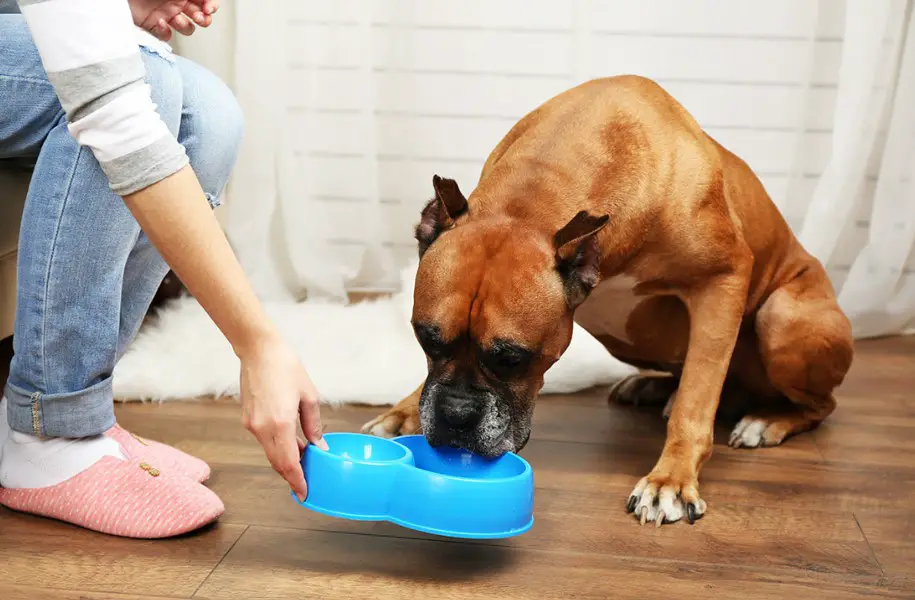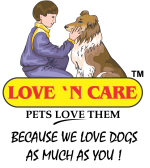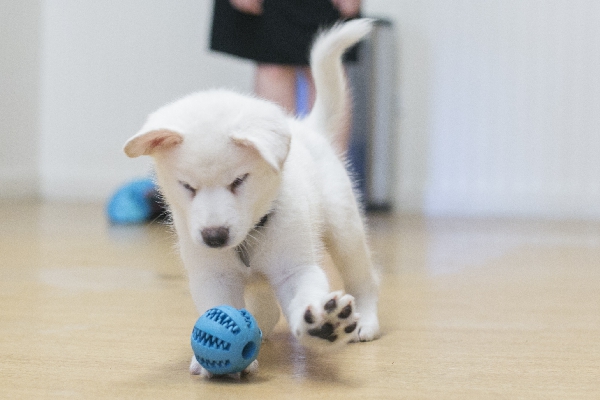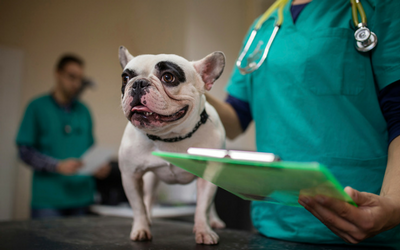All You Need To Know About A Dog’s Basic Needs
All dog owners want to know that they are taking proper care of their dogs, and you are no different. Taking proper care of your dog goes beyond merely providing food and shelter. In reality, food and shelter are only two of several needs that your dog has. This is why you need to learn about your dog’s basic needs and endeavor to provide all your dog’s needs to ensure your dog’s health and happiness. Basically, all your dog needs is proper nutrition, preventive veterinary care, grooming, health monitoring, a private space, affection, and plenty of exercises. If you can provide these basic needs for your dog, your pooch will thrive. Fortunately, dog your dog’s basic needs are quite easily provided once identified.
Your Perspective
Caring for a dog properly begins from your perspective as the dog owner. Owning a dog should not be perceived as a burden, rather, it should be seen as a life-enriching experience for both you and your furry friend. Much like you, your dog requires water, food, and shelter to survive. However, their needs do not end there. Dogs also need physical and mental stimulation, nurturing, and physical care in order to thrive in any environment. Keeping your dog healthy and safe requires you to provide all these things. By so doing, you will set the foundation for you and your dog to enjoy a long happy life together.

What you need to provide?
Here is a short list of all the things you need to provide for your dog to thrive.
- Attention and care.
- A steady relationship with a vet
- Plenty of exercises
- Grooming
- Interactive Dog toys
- Personal space (Crate, bed, or dog house)
- Adequate nutrition.
Adequate Nutrition
Dogs’ needs are quite similar to ours. When it comes to nutrition and diet, dogs also require a healthy and balanced diet. Adequate nutrition is a fundamental part of basic dog care. You should research food companies that pledge to only formulate their dog food with high-quality, healthy ingredients. Ensure that the foods are complete and balanced before you choose a quality diet that your pet will enjoy.
You may not need to spend a lot of money on top-of-the-line dog food, but you should ensure that your choice of dog food will meet all your dog’s nutritional needs. Be sure to do some research on the nutritional needs of your dog based on the breed and age.
Some companies provide a small sample of food for you to try s that you do not have to buy a whole case f dog food only for your dog to reject it. Other companies offer a money-back guarantee if your dog does not like the food. A third option is to provide your dog with a homemade diet. If you chose to feed your dog with homemade dog food, it is important that you first discuss it with your vet. Once your vet signs off on the food, begin by making small batches to see how your dog reacts to the food before deciding to choose the food for your dog. Also, schedule regular checks with your vet to ensure that your dog’s nutritional needs are being met.
It is important that you observe your dog’s reaction to the new diet over several weeks. Look out for any drop in energy levels, dull hair coat, or gastrointestinal issues that may require a diet change. If you change your pet’s diet, you need t do so gradually. Start by combining the old food with the new. This will help to avoid gastrointestinal upset and food aversion. If you notice any change in your dog’s health, seek nutritional advice from your vet. In addition to providing enough food for your dog. A balanced diet also involves water. Your dog should always have access t fresh and clean drinking water. Dehydration is a dangerous condition for both humans and dogs.
Personal Space
Although dogs are social animals, and they are generally eager to be with the rest of their family at all times. However, your dog needs a special place of his own he can retreat to when things get overwhelming or when he needs some downtime. Dogs need a space in their owner’s home dedicated to them as their space. It could be a kennel, bed, or crate. You need to set ground rules for your dog to follow. Also, enforce off-limit areas in the house, and encourage your dog to stay in the permissible areas in the house.
If your dog loves to go out into the yard, you may need to use a doggy door or provide a temperature-controlled doghouse outside. Your dog must never be left unattended outside without shelter. During extremely hot or cold weather, leaving your dog unattended outside can result in severe health consequences for your dog.
Physical Maintenance
Your dog needs regular preventive veterinary care and regular exercise. You need to establish an exercise routine even if it is a simple stroll around the block every day. The intensity and frequency of your exercise routine depending on the breed of your dog. Some dog breeds need more exercise to keep fit while others require less intense exercise.
Your veterinarian should have a good relationship with you and your dog. It is important that you schedule regular wellness checkups for your dog bi-annually or at least annually. Early detection may mean the difference between preventive treatment and a lethal health condition. Most potentially serious health issues can be identified and remedied in the early stages.
In a few visits, your dog and your vet should get to know each other, and your vet should be able to make recommendations for all your nutritional, health, or behavioral questions you may have about your dog.
All dogs require basic grooming. You need to give your dog regular baths, also, brush your dog’s teeth regularly and trim his nails as well. Depending on the breed, your dog may need regular haircuts. You may need to consult a professional dog groomer or learn to groom your dog at home. You should also establish a grooming regimen that suits your dog’s lifestyle.
Nurturing Your Dog
Dogs generally thrive on consistency and structure. The quality of life your dog lives is directly dependent on proper training. You need to choose a training program that suits your dog’s needs and your lifestyle.
You may also opt to join a training class with a professional instructor. Alternatively, you may choose to do some research and learn about dog training on your own. The bottom line is to reinforce good behavior. Also, avoid punishing your dog when your dog makes inevitable mistakes. Punishing a dog is counterproductive and may hinder your dog’s ability to trust. With consistency, you will see positive results.
The human-canine bond between you and your dog should be maintained as it is vital for your dog to thrive. The bond between you and your dog is a vital component in dog care. Dogs are social animals, and they also require regular interaction with their owners. You need to set aside some time for you and your dog each day. Playtime and regular petting as well as going for a walk or car ride, talking are some ways through which you can preserve and strengthen the bond between you and your dog. If you must leave your dog alone for an extended period, provide some distraction. You can provide a chew toy or a food-dispensing rubber dog toy to help keep your dog occupied while you are away.

Preventing Complications
All elements of your dog’s basic care provision should be customized to your dog’s needs as well as your lifestyle. If your dog spends a lot of his alone-time in the crate, crate training is the right choice. Some dog owners prefer an open environment for their dogs, so they prefer to train their dogs to follow house rules. The important thing to keep in mind is that if any element in your basic dog care is not working as well as it should, there are always other alternatives to try.
You also need to be patient with your dog and avoid making lots of drastic changes at once. A steady routine is likely to help your dog thrive, moreover, sudden changes may upset your dogs and lead to behavioral changes.


